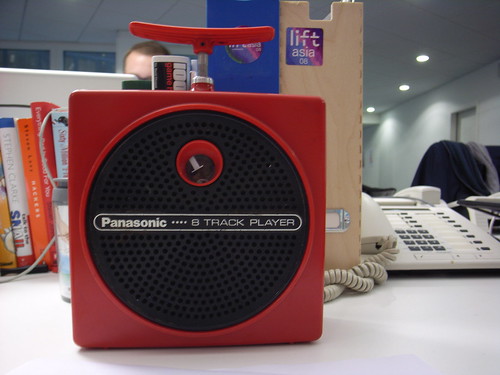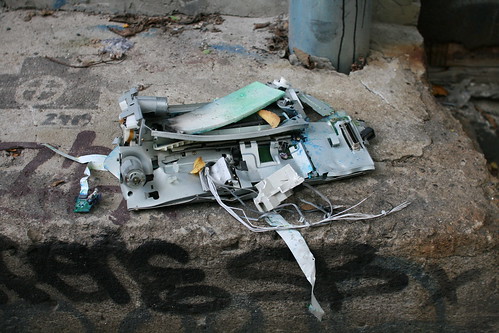Phones and MP3 Players as the Core Component in Future Appliance by Albrecht Schmidt and Dominik Bial (IEEE Pervasive Computing) was a curious morning read. The paper wonders whether mobile devices such as MP3 players or phones can become the standardized computing component for the next decade. Or, in a more industry-oriented vocabulary, will they be OEM products that become parts of other devices?
"As mass-produced mobile devices continue to become cheaper, they could increasingly serve as a component in a product. For the sewing machine for example, we could imagine replacing the color display and custom computer with a programmable touch-screen MP3 player or phone. The casing design and custom software could hide the commodity device so it would be hard to see without dissembling the sewing machine. Using off the-shelf devices as the core computing component could significantly reduce the development effort of the appliance’s computer parts and hence could allow more people to create sophisticated appliances. The skill sets required are programming a standard platform and electromechanical design, but not hardware development. Combined with 3D printing, this approach could broaden the set of people who could produce and distribute complex appliances."
Why do I blog this? Simply because I find this idea intriguing.
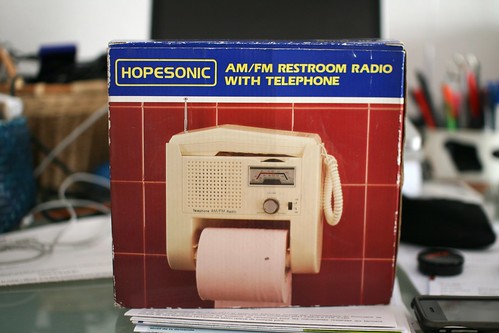 Anyone interested in robots and networked objects in multi-functions artifacts may be intrigued by this gorgeous AM/FM restroom radio with telephone that I ran across at the flea market the other day.
Anyone interested in robots and networked objects in multi-functions artifacts may be intrigued by this gorgeous AM/FM restroom radio with telephone that I ran across at the flea market the other day.
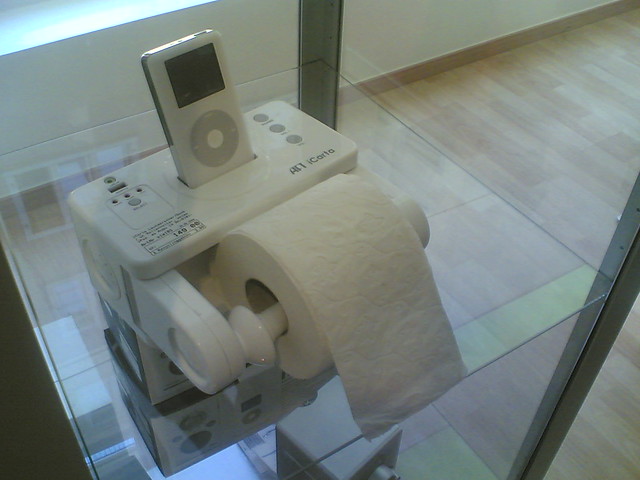
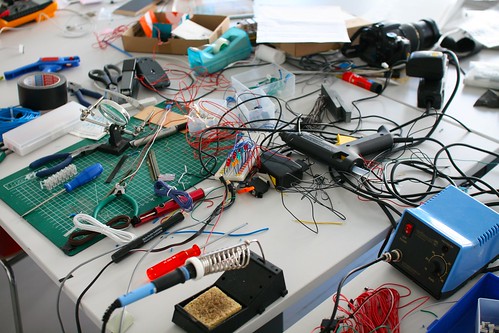
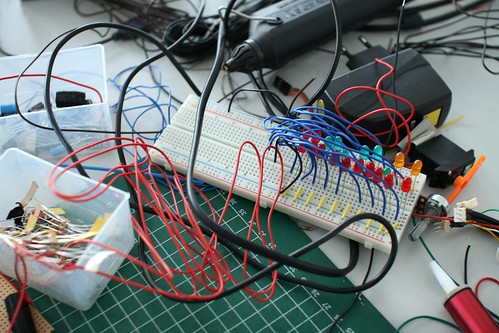 (Networked objects being designed at the
(Networked objects being designed at the 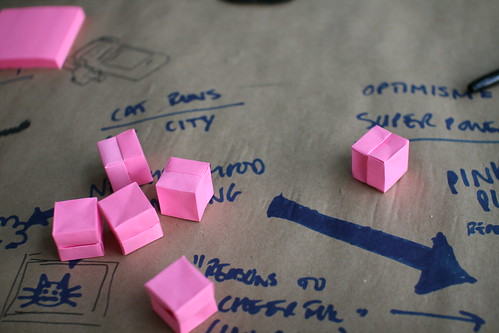 (Potential candidates as blank objects meant to receive memories?)
(Potential candidates as blank objects meant to receive memories?)